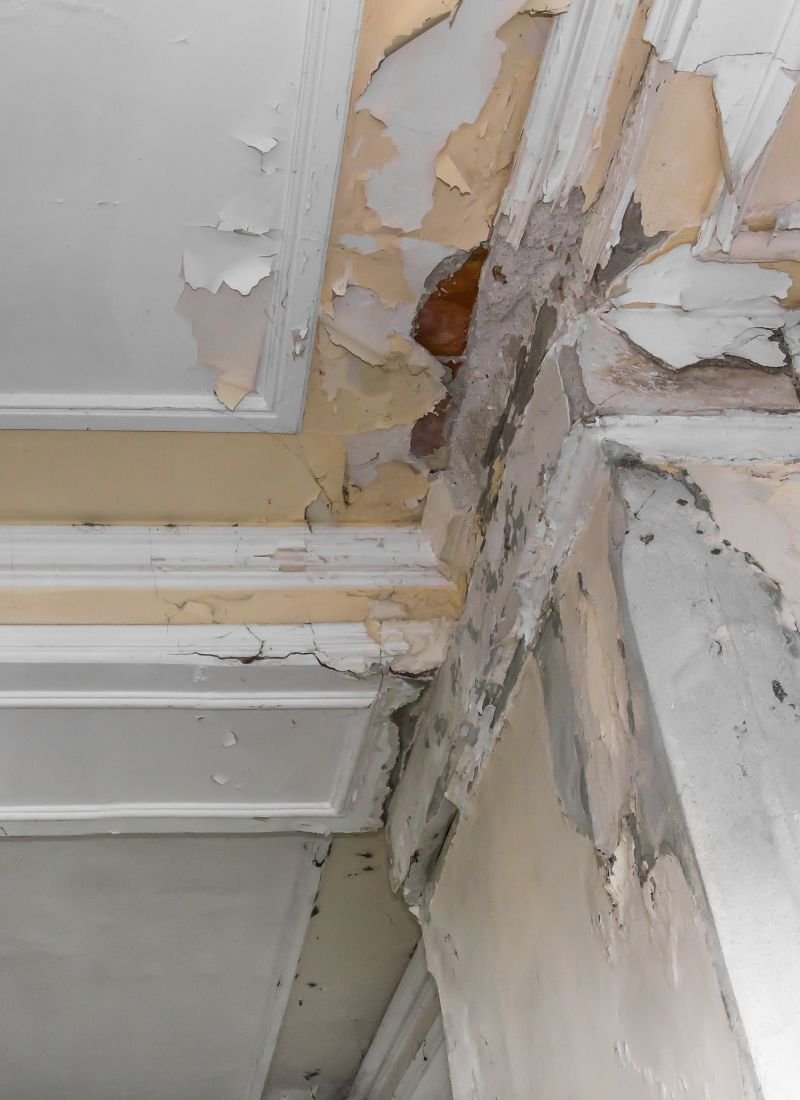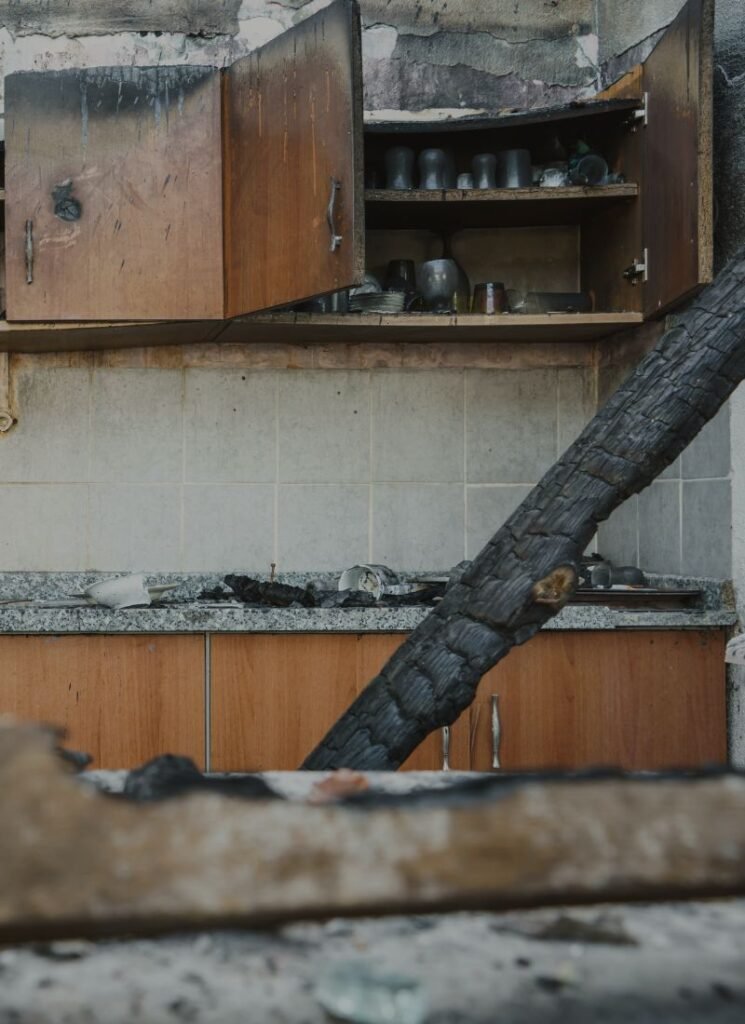Fire damage not only poses a threat to the physical structure of a property but also brings about a host of health risks that extend beyond the flames themselves. The aftermath of a fire can lead to the release of harmful substances, impacting both indoor air quality and the well-being of occupants. Understanding the health implications of fire damage is crucial for effective restoration and safeguarding the health of individuals in the affected area.
—— Unknown
“Like a phoenix rising from the ashes, our resilience in the face of life’s fires defines the strength within us to rebuild and emerge stronger than before.”
Consequences of Fire Damage: Health Impacts and Soot Particles
Soot particles, tiny byproducts of incomplete combustion, are a significant concern in fire-damaged environments. These fine particles are often invisible to the naked eye, making them easily airborne and inhalable. Inhaling soot particles can have detrimental effects on respiratory health, especially for those with preexisting conditions like asthma or chronic obstructive pulmonary disease (COPD). Soot contains a complex mixture of chemicals, including polycyclic aromatic hydrocarbons (PAHs), which are known to be carcinogenic and harmful to human health.
The hazards of fire damage don’t stop at airborne soot particles. The process of combustion releases a variety of toxic gases and volatile organic compounds (VOCs) that can remain trapped indoors even after the fire has been extinguished. Breathing in these compounds, which can include formaldehyde, acrolein, and hydrogen cyanide, can lead to a range of health issues. Symptoms may include irritation of the eyes, nose, and throat, headaches, dizziness, and even more severe respiratory and neurological effects.
Moreover, the materials that burn during a fire can release hazardous particles and fibers into the air. For instance, burning synthetic materials like plastics and foams can release toxic fumes. Breathing in these fumes can result in acute respiratory distress, exacerbation of existing respiratory conditions, and, in some cases, long-term health problems.
Soot Particles
Soot particles are a significant concern for both environmental and health reasons. These tiny, fine particles, often produced during the incomplete combustion of carbon-based materials such as wood, coal, oil, and gas, are harmful when inhaled or come into contact with the skin. Soot particles contain a complex mixture of compounds, including carbon, metals, and various chemicals, many of which are toxic. When inhaled, they can penetrate deep into the lungs and even enter the bloodstream, leading to a range of health problems.
Exposure to soot particles is linked to respiratory issues, including coughing, wheezing, aggravated asthma, and bronchitis. Prolonged exposure may increase the risk of more serious health conditions such as heart disease, lung cancer, and even premature death. Additionally, soot can worsen existing health conditions and impact vulnerable populations, including children, the elderly, and individuals with pre-existing respiratory conditions.
It’s essential to take precautions to minimize exposure to soot, especially during activities like fire damage cleanup and when living in areas with high pollution levels. Proper protective gear and adequate ventilation are crucial in mitigating the risks associated with soot exposure.
The Hidden Threat of Fire and Smoke Damage
Fires can be devastating, leaving behind not only physical damage to homes and belongings but also a hidden menace that threatens health long after the flames have been extinguished. While the immediate dangers of fires are evident, the long-term effects of fire and smoke damage, if not restored properly, can be equally destructive to both property and health. In this article, we will delve into the far-reaching consequences of fire and smoke damage on human health and the importance of comprehensive restoration.
Fire and Smoke Damage
When a fire ravages a building, it’s not only the flames that cause destruction. Smoke, a toxic blend of gases and fine particles, becomes an invisible adversary. Smoke inhalation can result in immediate health issues such as difficulty breathing, coughing, and chest pain. However, it’s the long-term consequences that often go unnoticed.
Respiratory Problems
The microscopic particles in smoke can penetrate deep into the respiratory system. Prolonged exposure can lead to chronic respiratory problems like bronchitis and asthma. Even more concerning, it can exacerbate pre-existing conditions in those who are already at risk.
Cardiovascular Health
The toxins present in smoke can also harm the cardiovascular system. They can enter the bloodstream, increasing the risk of heart attacks, strokes, and other cardiovascular issues. This is particularly concerning for individuals with heart conditions.
Cancer Risk
Perhaps one of the most alarming consequences is the elevated risk of cancer. Prolonged exposure to the carcinogens in smoke increases the likelihood of developing lung cancer and other malignancies. This risk extends to both firefighters and residents affected by fire and smoke damage.
Mental Health Impact
Fire-related traumas can have lasting mental health implications, including post-traumatic stress disorder (PTSD) and anxiety. Witnessing one’s home or belongings reduced to ashes can be emotionally devastating.
Preventing Health Hazards
Choosing a professional restoration service is essential to prevent lingering health hazards. Experts have the equipment, experience, and knowledge to address the hidden threats of fire and smoke damage, ensuring the property is safe and habitable once more.



The Importance of Comprehensive Restoration
Proper restoration is not just about aesthetics; it’s a matter of health and well-being. Comprehensive fire and smoke damage restoration involve the following key steps:
1. Assessment: A thorough evaluation to understand the extent of the damage, including hidden smoke damage.
2. Cleaning and Removal: The removal of soot, smoke residue, and toxic materials to ensure a safe environment.
3. Deodorization: Eliminating persistent smoke odors that can trigger respiratory distress.
4. Reconstruction: Repairing and restoring the structural integrity of the building.
Fire and smoke damage extend beyond the visible destruction. They infiltrate the air we breathe, impacting health in profound ways. Inadequate restoration can lead to long-term health issues, and that is why it is crucial to invest in comprehensive, professional restoration services. By doing so, we can rebuild not only our homes but also our health and well-being in the aftermath of a fire.





